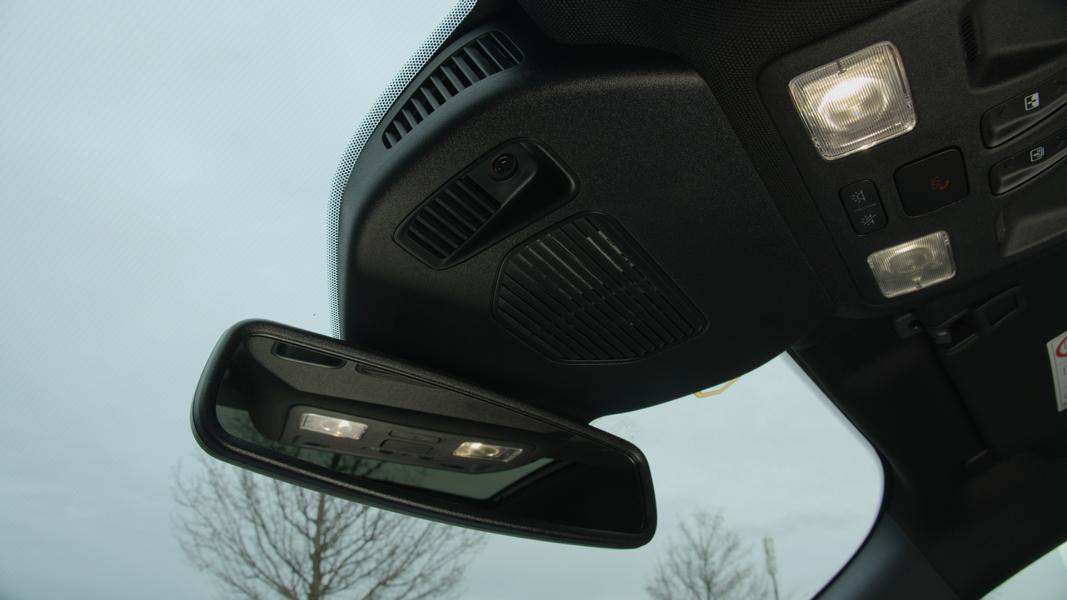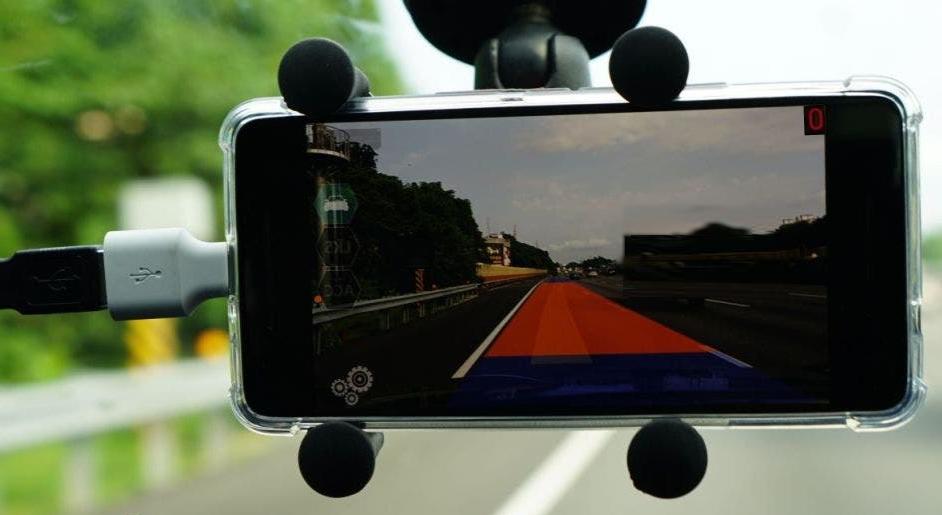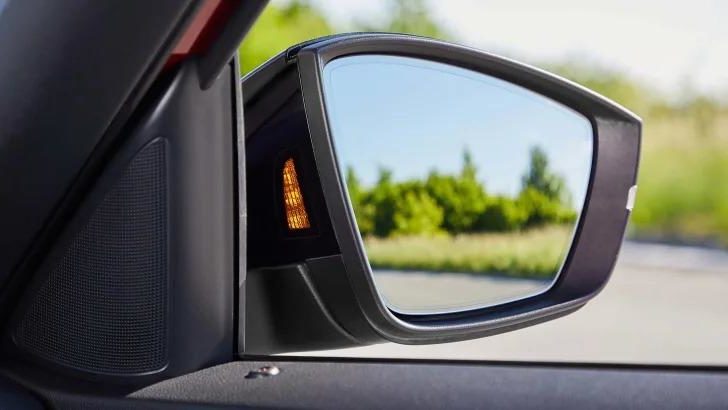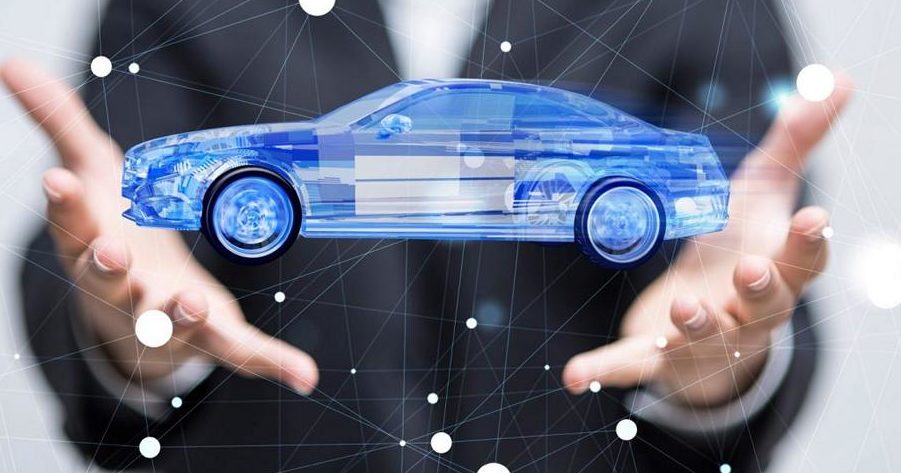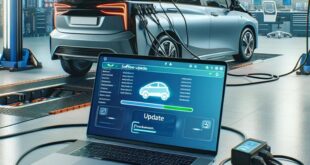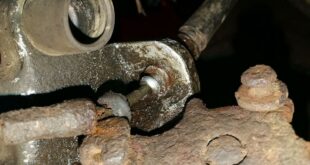Take in the world of modern vehicles Driver assistance systems (ADAS) an increasingly important place. Technologies like that Lane keeping assist and the adaptive cruise control, not only improve comfort but also safety when driving. But in order to develop their full potential, they must be calibrated correctly. The following is a simple but comprehensive guide to the topic of calibrating driver assistance systems.
Calibration of driver assistance systems
- Calibration of the Lane Keeping Assist: The system uses cameras and sensors to detect lanes and keep the car within them. For effective calibration, the vehicle must be on a flat surface. It is important that Camera position and Perspective to check. Most systems require a calibration distance of at least 10 meters to the nearest wall or other object. The centering of the camera and its alignment to the road are then checked using special diagnostic tools.
- In the adaptive cruise control It is crucial to correctly set the sensors that measure the distance to the vehicle in front. The systems use frequently Radar or lidar sensors, which are mounted on the front. Calibration includes checking the alignment of the sensors and ensuring that their function is not affected by blockages such as contamination or damage.
Blind spot assistant, emergency braking assistance, parking assistant
Another important system is the Blind spot assistant. To calibrate it, the sensors mounted on the sides of the vehicle must be precisely aligned. This includes checking the Sensor position and running functional tests to ensure the system correctly detects other vehicles. The Emergency braking assistance represents a particular challenge. Calibrating the system requires precise dimensions and sometimes special calibration panels that are positioned in front of the vehicle. Precision is crucial here, as the correct functioning of the system can save lives in emergency situations. Some systems, like the Parking assistant, require more detailed calibration as they rely on a combination of sensors and cameras. Here's checking the camera resolution and Sensor range of great importance.
Calibration of driver assistance systems: software updates
With all the systems, it is important to always have the latest ones Software updates to install. The respective manufacturers regularly release updates that not only bring new functions, but also improve the accuracy and reliability of the systems. In conclusion it should be said that the calibration of ADAS is not a one-time event. Regular checks and adjustments are necessary to ensure optimal performance of the systems. However, with the right equipment and the necessary know-how, this task can be carried out efficiently and safely, ultimately leading to a safer journey. There are a few more specific instructions on the topic of calibrating driver assistance systems below.
Calibration of the camera for lane departure warning for VW, Audi, Seat, Skoda:
- Important requirements
– Access to the vehicle manufacturer’s current repair guide
– Use of the original calibration device VAS6430 or BOSCH DAS3000 (for other brands)
This is perfect Wheel alignment device with VAG approval
- The Original VAG tester for calibration - When is calibration necessary?
– After replacing or removing/installing the camera
– When replacing the windshield
– After an accident repair
– When the vehicle level changes on the front or rear axle (e.g. lowering)
– After changes to track (camber) on the rear axle
– If the control unit has been replaced - Calibration process
– Check the camera and windshield for damage or contamination.
– Place the vehicle on a flat surface and ensure a clear environment.
– Use the specified calibration device (VAS6430 for VAG brands, BOSCH DAS3000 for others).
– Align the wheel alignment device according to the manufacturer's specifications.
– Connect the VAG tester and follow the calibration instructions.
– Carry out the calibration and check the functionality of the camera.
– Test the system after calibration for correct functioning.
Instructions for calibrating the radar sensor for ACC in the VW Group
- Important requirements
– Current repair guide from the vehicle manufacturer
– Original calibration device VAS6430
– Wheel alignment device with VAG approval
– Original VAG tester for calibration - When is calibration necessary?
– After replacing or removing/installing the radar sensor (often mounted on the bumper).
– If the lock carrier has been brought into the service position for service work
– After an accident repair
– When the vehicle level changes on the front or rear axle (e.g. lowering)
– After changes in track and/or camber on the rear axle
– If the control unit has been replaced - Calibration process
– Check the radar sensor for damage or misalignment.
– Place the vehicle on a flat surface and ensure a free environment.
– Use the original calibration device VAS6430 and Wheel alignment device according to VAG specifications.
– Connect the original VAG tester and follow the calibration instructions.
– Carry out the calibration carefully and take into account the specific requirements of your vehicle.
– Test the ACC system after calibration for correct functioning.
Instructions for calibrating the rain sensor
- Important requirements
– Access to vehicle-specific repair guide
– Diagnostic tool compatible with the vehicle
– Clean and undamaged windshield in the area of the sensor - When is calibration necessary?
– After replacing the windshield
– If the sensor has been removed or installed
– After repairs to the windshield or the sensor
– If sensor malfunctions occur - Rain sensor function
– Automatic activation of the windshield wipers during precipitation.
– Wipe speed adjustment based on rainfall intensity.
- Sensor is typically located near the rearview mirror on the windshield. - Calibration process
– Check the windshield for cleanliness and damage in the sensor area.
– Park the vehicle in a well-lit areato ensure correct sensor calibration.
– Connect the diagnostic tool with the vehicle and access the sensor calibration function.
– Perform calibration according to the instructions in the repair guide. This may include aligning the sensor and adjusting the sensitivity.
– Test the sensor after calibration by creating artificial precipitation (e.g. with a spray bottle).
Instructions for calibrating the blind spot assistant:
- Important requirements
– Access to the manufacturer's specific repair guide
– Original calibration device VAS6350, in combination with VAS 6350/6
– Original VAG tester for calibration - When is calibration necessary?
– After replacing the control unit/radar sensor for lane change assistant -J769- or -J770-
– If the rear bumper cover is damaged (e.g. parking collision)
– After dismantling and installing the rear bumper cover
– If “no or incorrect basic setting/adaptation” is recorded in the event memory
– On certain models, after loosening the bumper screws (often with blending) - Calibration process
– Check the rear radar range for damage and correct assembly.
– Position the vehicle correctly according to the specifications of the repair guide.
– Use the calibration device VAS6350 in conjunction with VAS 6350/6.
– Connect the VAG tester and follow the calibration instructions.
– Carry out the calibration carefully and pay attention to the model-specific requirements.
– Test the system after calibration for correct functioning.
Calibration, driver assistance systems – which systems?
Calibrating sensors in modern cars is a crucial step in ensuring the full functionality and safety of the systems. The following is a rough list of sensors in the vehicle that need to be calibrated frequently:
- Distance radar (adaptive cruise control): Measures the distance and speed to vehicles in front and must be precisely calibrated to regulate the distance correctly.
- rain sensor: Detects precipitation on the windshield and automatically activates the windshield wipers. Proper calibration is required to adjust sensitivity and response time.
- Lane Departure Warning Sensor: Detects road markings and warns the driver if they unintentionally leave the lane. Calibration ensures that the camera and sensor data are interpreted correctly.
- Blind spot assistant: Uses sensors on the sides of the vehicle to detect other vehicles in the blind spot. Accurate calibration is necessary to avoid false alarms.
- Parking aid sensors (Park Distance Control): The ultrasonic sensors help when parking by measuring the distance to obstacles. They need to be calibrated regularly to ensure accurate measurements.
- Collision protection sensor (Forward Collision Warning): Warns the driver of impending collisions. Calibrating the sensors is crucial to avoid false alarms.
- light sensor: Controls the automatic activation of the headlights depending on the lighting conditions. It needs to be calibrated to set the sensitivity correctly.
- Cameras for 360 degree vision: Many vehicles have multiple cameras that provide all-round visibility. Calibration is necessary to ensure a seamless and accurate representation of the environment.
- Tire pressure sensors: Although they typically require less calibration, it is important to check their accuracy to ensure proper tire pressure monitoring.
Overview – calibration of driver assistance systems:
| Sensor | Description | Calibration process |
|---|---|---|
| Distance radar (adaptive cruise control) | Measures distance and speed to vehicles in front | Precise calibration for correct distance regulation |
| rain sensor | Detects precipitation on the windshield and activates the windshield wipers | Adjustment of sensitivity and response time |
| Lane Departure Warning Sensor | Detects road markings and warns when leaving lane | Review camera and sensor data for correct interpretation |
| Blind spot assistant | Detects vehicles in the blind spot using side sensors | Adjust the accuracy of the sensors to avoid false alarms |
| Parking aid sensors (Park Distance Control) | Ultrasonic sensors for measuring the distance to obstacles when parking | Regular calibration for precise measurements |
| Collision protection sensor (Forward Collision Warning) | Warns of impending collisions | Calibration to avoid false warnings |
| light sensor | Regulates automatic vehicle lighting depending on lighting conditions | Sensitivity setting |
| Cameras for 360 degree vision | Multiple cameras for all-round visibility of the vehicle | Calibration for seamless and accurate representation of the environment |
| Tire pressure sensors | Tire pressure monitoring | Verification of accuracy for correct pressure monitoring |
The following note is essential: For safety reasons, tuningblog recommends all repair, inspection and maintenance work exclusively to be carried out in a specialist workshop! Although our information is summarized to the best of our knowledge and belief, we cannot assume any liability for the content. All information is therefore "without guarantee".
That wasn't it yet!
In our Auto Repair Category you will find advice and instructions on common vehicle defects, repairs and the installation of accessories/tuning parts.
thematically relevant posts
|
Effective rust repair and prevention – this is how it works! |
 tuningblog.eu Your magazine about tuning the car
tuningblog.eu Your magazine about tuning the car
